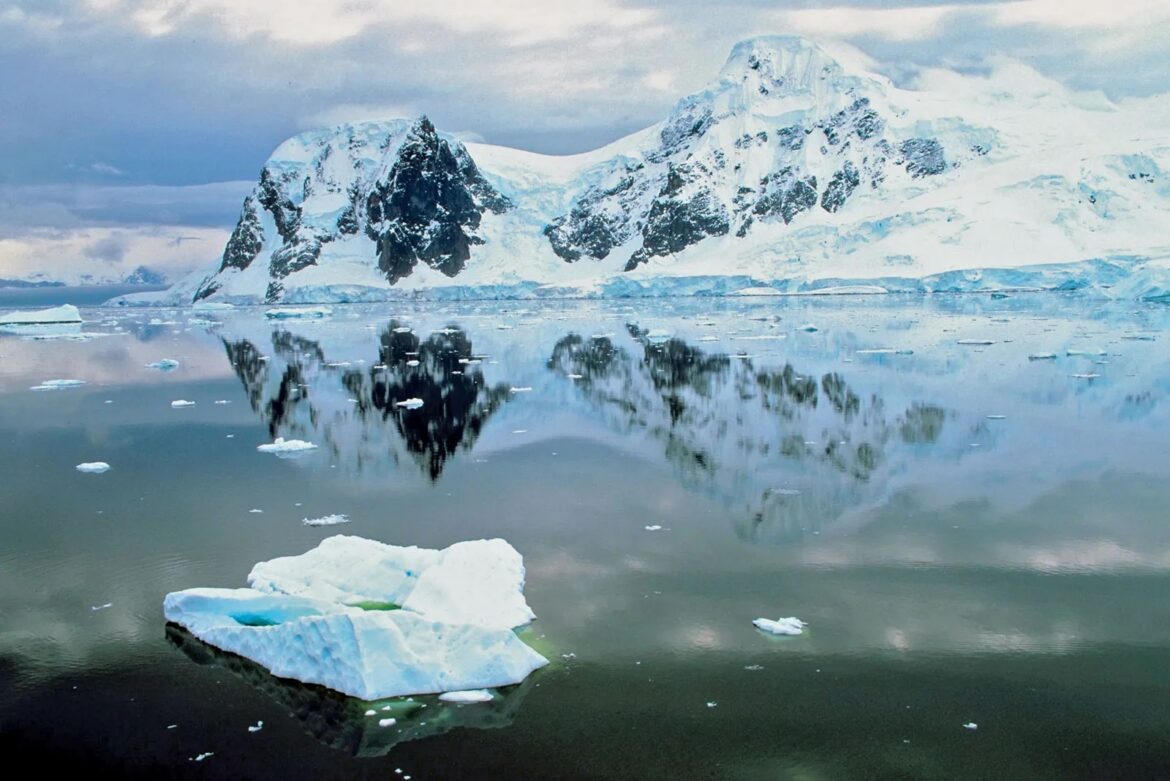Larger volumes of freshwater are released into the ocean when these ice shelves recede, which has the potential to upset the Southern Ocean’s vital currents.
Scientists at the University of Leeds have discovered a worrying trend in Antarctica: since 1997, more than 40% of the ice shelves have drastically decreased. The startling part is that there are “no signs of recovery” on over half of these ice shelves, and that this phenomenon is directly related to climate change.
Based on their calculations, the researchers found that between 1997 and 2021, Antarctica’s eastern region gained 59 trillion tonnes of ice, while the western region lost an incredible 67 trillion tonnes. Nonetheless, the total result is a significant 7.5 trillion tonnes of ice loss throughout this time.
According to the Guardian, this imbalance results from warm water’s effect in the western area, which melts ice, while cooler water in the eastern area keeps or even grows ice.
Effect on currents in the ocean
At the end of glaciers, ice shelves function to block the flow of glacial ice into the ocean.
Larger volumes of freshwater are released into the ocean when these ice shelves recede, which has the potential to upset the Southern Ocean’s vital currents.
Wide-ranging effects of this disruption on ocean circulation may have an impact on patterns of the global climate.
The lead researcher, Dr. Benjamin Davison, is an expert in Earth observation. According to reports, he stated that the ocean currents and temperature surrounding Antarctica are responsible for the varying degrees of ice-shelf deterioration.
He said, “Much of east Antarctica is currently protected from nearby warm water by a band of cold water at the coast, but the western half is exposed to warm water, which can rapidly erode the ice shelves from below.”
Satellite-derived study
The research employed satellite technology to track yearly variations in the ice, even in the long arctic nights when clouds obstruct visibility. An analysis of over 100,000 space-captured photos was conducted to evaluate the condition of Antarctica’s ice shelves, which are internationally significant.
In addition to being a worrying indication of ice shelf instability, the 67 trillion tonnes of freshwater discharged into the ocean over a 25-year period has implications for global ocean currents, which are vital for the movement of heat and nutrients across the planet.
According to Davison, “we expected most ice shelves to go through cycles of rapid, but brief, shrinking, followed by slow regeneration.” Rather, we observe that nearly half of them are contracting and do not appear to be getting better.



